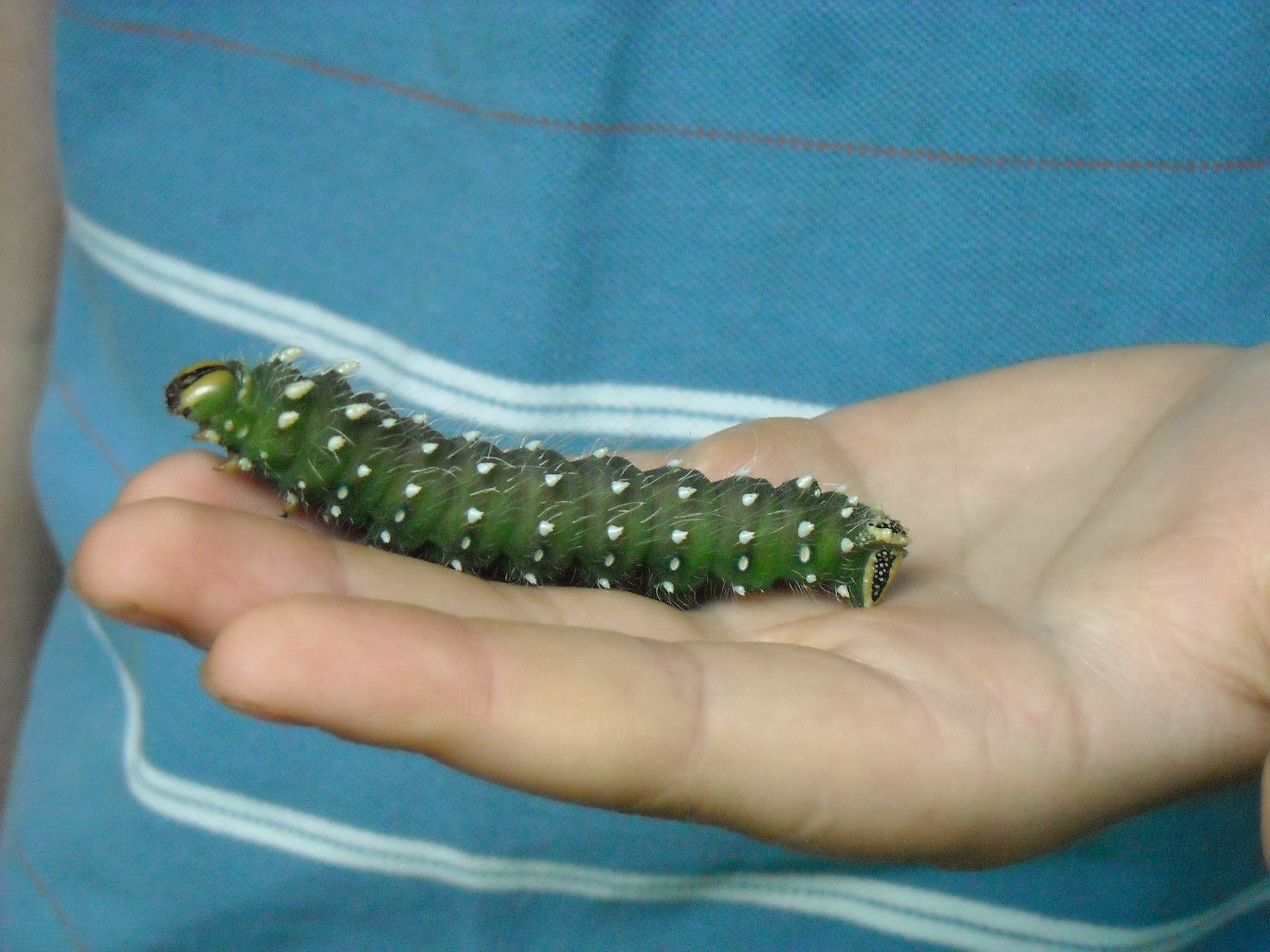I love to experiment with form poetry! Many children’s poetry collections include form poetry, from the short and sweet haiku to the complicated villanelle. (Sounds like a good guy and a bad guy, doesn’t it?)
Here are some of my favorite poetic forms, and a brief description about how each one works:
Palindrome Poem
A palindrome poem reads the same, word for word, forward or backward. It includes a word in the center as a reversal point for the poem.
My palindrome poem, “Volleyball,” was published in the sports-themed anthology And the Crowd Goes Wild.
Marilyn Singer’s fairy-tale themed collection, Mirror Mirror, features “reversi poetry,” which is very similar to a palindrome poetry.
Pantoum
The pantoum consists of a series of quatrains with a rhyme scheme of ABAB. The second and fourth lines of a quatrain are repeated as the first and third lines in the next quatrain. Each quatrain introduces a new second rhyme as BCBC, CDCD. The last stanza is a reconstruction of the preceding stanza and the first stanza, concluding with the very first line of the poem:
Line 1 A
Line 2 B
Line 3 A
Line 4 B
Line 5 (repeat of line 2) B
Line 6 C
Line 7 (repeat of line 4) B
Line 8 C
The final stanza repeats the second and fourth lines of the previous stanza (as its first and third lines), and also repeats the third line of the first stanza, as its second line, and the first line of the first stanza as its fourth. So the first line of the poem is also the last.
Last stanza:
Line 2 of previous stanza
Line 3 of first stanza
Line 4 of previous stanza
Line 1 of first stanza
Triolet
A triolet is a poetic form with 8 lines. The first, fourth, and seventh lines repeat, and the second and eighth lines do as well. The rhyme scheme is: ABaAabAB, with the capital letters representing the repeated lines. Triolets are typically written in iambic tetrameter.




